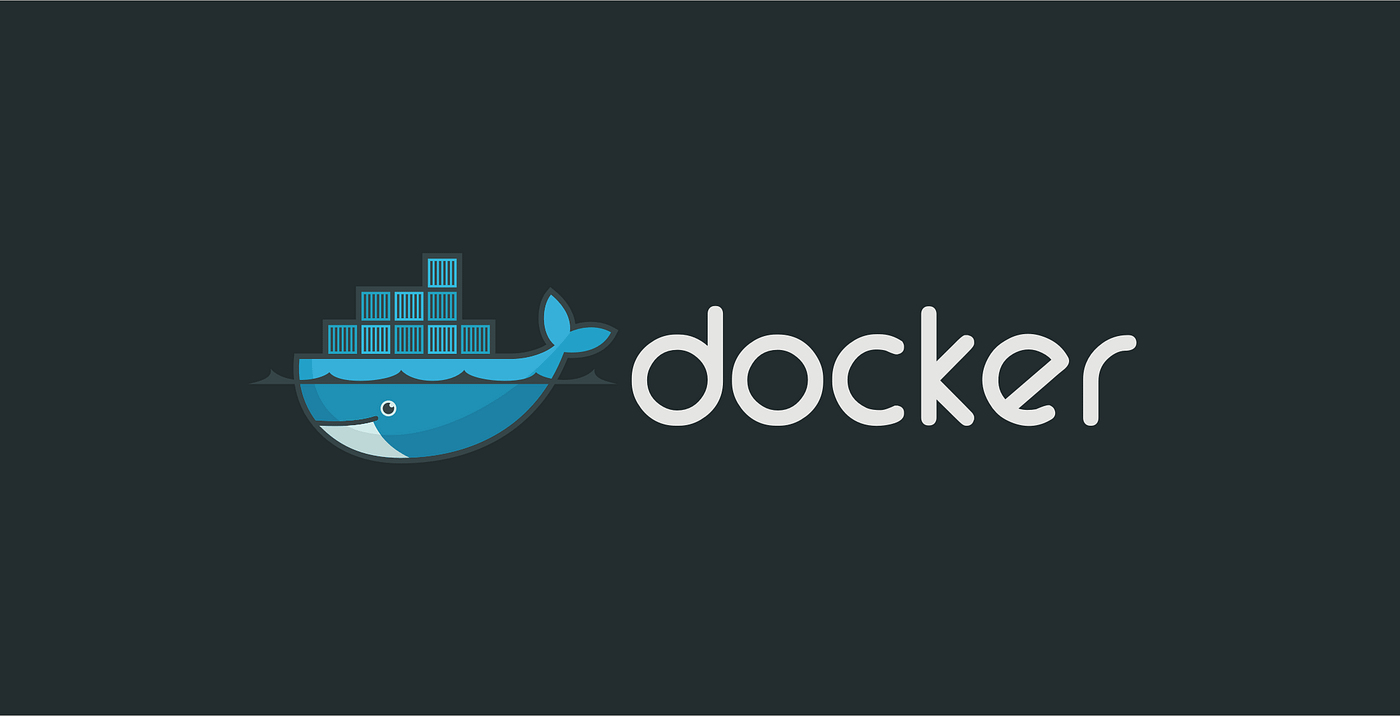Docker Basics: An Introductory Guide
 Yatindra Krishna
Yatindra Krishna
In the evolving landscape of software development and deployment, Docker has emerged as a key player, transforming how applications are built, shipped, and run. In this blog, we’ll delve into the fundamentals of Docker, its advantages, and its ecosystem, breaking down complex concepts into simple, easy-to-understand language.
Virtualization and Hypervisor
Before diving into Docker, it's important to understand virtualization and hypervisors, which laid the groundwork for containerization.
What is Virtualization?
Virtualization is a technology that allows multiple operating systems to run simultaneously on a single physical machine by abstracting the hardware resources. It maximizes the utilization of physical resources and provides isolated environments for different applications.
The Role of Hypervisors
A hypervisor, also known as a virtual machine monitor (VMM), is software that creates and manages virtual machines (VMs). Each VM includes a full operating system and a set of applications. Popular hypervisors include VMware, Hyper-V, and KVM.
Docker: An Improved Version of Virtualization
Docker takes virtualization a step further with containerization. While traditional VMs are resource-intensive and require a full OS for each instance, Docker uses a more efficient approach.
What is Docker?
Docker is a platform that enables developers to automate the deployment of applications inside lightweight, portable containers. These containers package an application and its dependencies, ensuring consistency across various environments.
Containers vs. VMs
Containers are similar to VMs but with significant differences:
Efficiency: Containers share the host OS kernel, making them lightweight and faster to start.
Isolation: Containers provide isolated environments for applications, similar to VMs, but without the overhead of running multiple operating systems.
Docker's Foundation: Go Language
Docker is written in Go, a programming language developed by Google. Go is known for its simplicity, efficiency, and strong support for concurrent programming, making it a great choice for building robust and high-performance software like Docker.
Advantages of Docker
Docker offers several benefits that make it a popular choice among developers and operations teams:
Portability
Docker containers can run on any system that supports Docker, ensuring that applications behave the same way across different environments, from a developer’s laptop to a production server.
Efficiency
Containers are lightweight and share the host OS kernel, reducing the overhead and improving performance compared to traditional VMs.
Scalability
Docker makes it easy to scale applications horizontally by running multiple containers. This is particularly useful for handling varying loads and improving the availability of services.
Isolation
Each container runs in its isolated environment, preventing conflicts between applications and improving security.
Docker Ecosystem :
The Docker ecosystem includes a variety of tools and services that enhance the functionality and usability of Docker containers. Some key components are:
Docker Hub
Docker Hub is a cloud-based repository where you can find and share container images. It simplifies the process of distributing applications and collaborating with others.
Docker Compose
Docker Compose allows you to define and manage multi-container Docker applications. With a simple YAML file, you can configure your application's services, networks, and volumes.
Docker Swarm
Docker Swarm provides native clustering and orchestration capabilities for Docker. It enables you to manage a cluster of Docker nodes as a single virtual system.
Kubernetes
Kubernetes is an open-source container orchestration platform that works well with Docker. It automates the deployment, scaling, and management of containerized applications.
Docker Desktop
Docker Desktop is an application for Mac and Windows that provides a simple way to create, manage, and deploy Docker containers on your local machine. It includes Docker Engine, Docker CLI, and Docker Compose.
Docker Enterprise
Docker Enterprise is a commercial platform that offers advanced features for managing and securing containerized applications in production environments. It includes tools for monitoring, logging, and compliance.
The Docker ecosystem continues to grow, offering new tools and integrations that make it easier to develop, deploy, and manage containerized applications.
Docker consists of several components that work together to provide a seamless experience for building, shipping, and running applications.
Docker Daemon
The Docker daemon is a background service running on the host machine. It manages Docker images, containers, networks, and storage volumes.
Docker Client
The Docker client is a command-line interface (CLI) tool that allows users to interact with the Docker daemon. It sends commands to the daemon to create, start, stop, and manage containers.
Docker Host
The Docker host is the physical or virtual machine where the Docker daemon runs. It provides the environment for running and managing containers.
Docker Hub/Registry
Docker Hub is a cloud-based registry service where Docker users can create, share, and manage Docker images. Docker Hub is the default public registry, but users can also set up private registries to store and share images within an organization.
Docker Image
A Docker image is a lightweight, standalone, and executable software package that includes everything needed to run a piece of software: code, runtime, libraries, and settings. Images are built from Dockerfiles, which are simple text documents containing instructions for creating Docker images.
Conclusion
Docker has changed how applications are developed, shipped, and run by offering a consistent, efficient, and scalable platform. By using containerization, Docker makes sure applications are portable and isolated, which speeds up development and deployment, making them more reliable.
Subscribe to my newsletter
Read articles from Yatindra Krishna directly inside your inbox. Subscribe to the newsletter, and don't miss out.
Written by
